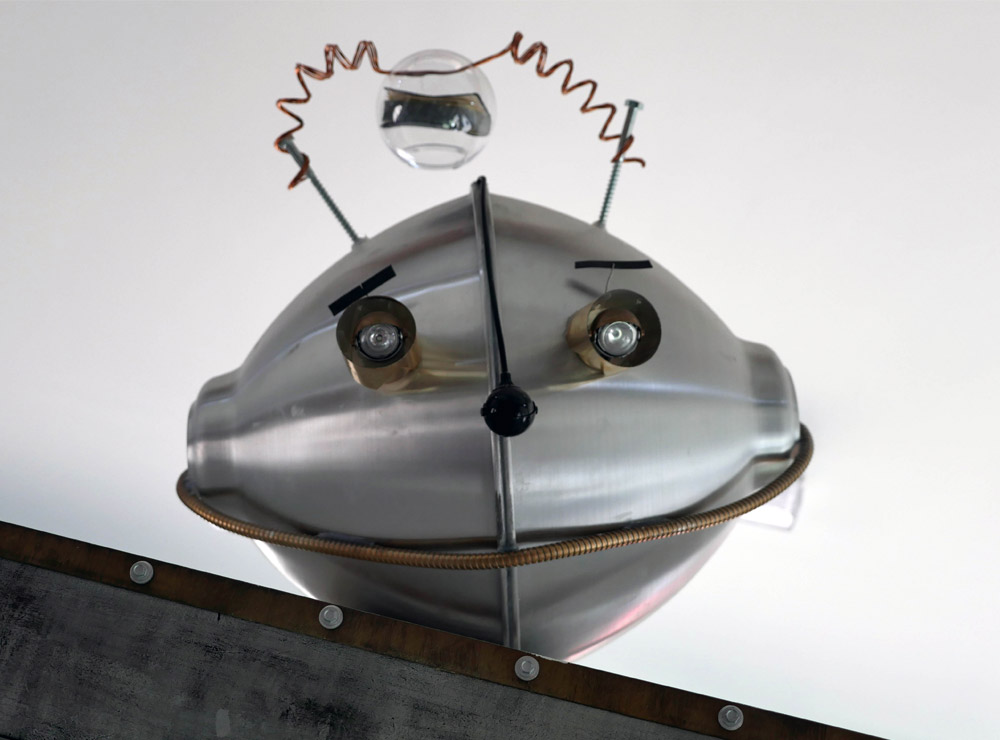‘There are no stars in my sky’, four year old Maxie commented after sharing a story in which an owl sees the night sky for the first time. He turned the page back again, to the moment where the owl opened his eyes, and ran his finger over the stars on the page. ‘There are no stars in my sky’, he said again. Maxie didn’t want to say any more, instead he set about constructing his own night sky from layers of paper and lengths of ribbon, and then covered it in a painted constellation so bright that ‘they’ll notice it even at Nan’s house where it’s really noisy.’
Maxie was visiting the Storybarn, an interactive story-centre designed to encourage children to explore, share and discover a love of books and imaginative play. Located in the beautiful surroundings of Calderstones Park, Liverpool, the Storybarn is a unique visitor experience, devised to create memorable literary adventures for children and families, and to offer plentiful opportunities for creative and imaginative play, thought and expression. We opened our doors in February 2016.
'People need stories. They’re one of the things that make us who we are.' - Neil Gaiman
In an educational climate steeped in often restrictive approaches to learning, the practice of reading for nothing other than the sheer pleasure of it is often hard to introduce into the classroom. Parents might not have the time or the confidence or the books to help children create such experiences at home. Children access a wealth of resources through technology, but may never dress up as a peculiar creature, screech like a dinosaur at the top of their voice, and act out a story which has been swimming around their imagination. At The Reader, we believe that these things are vital and many creative people agree with us. Our Patron, writer Frank Cottrell Boyce, tells a good story about the creation of the Olympics Opening Ceremony where Danny Boyle set the creative team to think of all the books they had read that had stuck in their minds. Frank had a terrific teacher at primary school who read to her classes for no reason – no questions to answer, no writing afterwards… just the pleasure of the story. The payoff, Frank says, came thirty odd years later in Danny Boyle’s creative team. Writer, artist and filmmaker Shaun Tan believes that in order for children to connect with stories, the experiences they have with literature must transcend the written word, and take other forms around it, such as making and playing. He says ‘it’s about showing and telling, a window for learning to ‘read’ in a broad sense, exploring relationships between words, pictures and the world we see every day. Real meaning is left to the reader to find for themselves.’
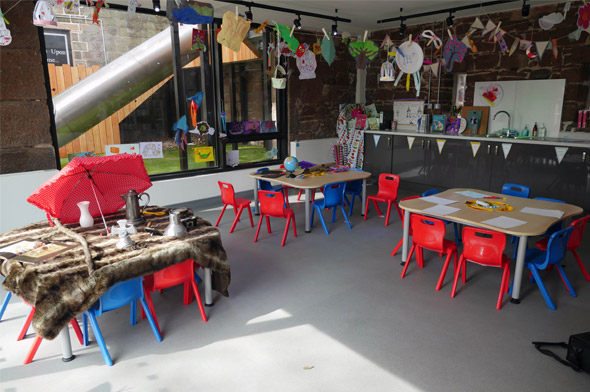
The Storybarn is The Reader’s flagship children’s project. We are an award-winning charitable social enterprise working to connect people with great literature through the practice of shared reading. We’re here to bring books to life, taking great books to people and situations where no reading may be taking place – probation hostels, mental health wards, chronic pain clinics, old people’s homes. According to Neil Gaiman, ‘people need stories. They’re one of the things that make us who we are. We crave stories because they make us more than ourselves, they give us escape and they give us knowledge. They entertain us and they change us, as they have changed and entertained us for thousands of years.’ Shared reading is an activity that enables a group of people to meet on a regular basis to collectively enjoy great literature as a ‘live’ experience. Shared reading evokes powerful responses – in the words of one of our group members, ‘you need it, you just don’t know you need it.’
When used with young children in settings such as schools, nurseries and libraries, shared reading’s primary aim is to increase reading for pleasure, with the desirable by-products of improving language and literacy skills. The model is adapted to incorporate the interactive sharing of stories and asking of open questions about stories and pictures, and aims to model for parents different approaches to sharing stories together as a family. However, through our work in the Storybarn, we are aiming to offer even more to children, by coupling the opportunities presented by imaginative play and creative freedom, with the power of stories to shape and change us. The purpose of the Storybarn is to provide an environment in which children can enjoy themselves and feel happy, relaxed and excited in the company of books and to fuel creativity and imagination. (In the design phase, children offered us ideas including ‘a huge slide which goes from the top of the building right down to the bottom!’ ‘hundreds of snakes’, ‘tents for quiet reading’ - we tried to use their ideas in the design of the Storybarn.)

The Storybarn we built is a two-storey building, complete with a craft studio space downstairs, and an open-plan space on the first floor, our ‘Imaginarium’. Two structures form the focal points in the Imaginarium–, with a 9ft robot occupying one half of the space and an enormous structure resembling a hot air balloon sits opposite him. A huge tree appears to grow out of the floor beneath the Imaginarium, spreading its branches into a canopy above, which forms a beautiful space for reading beneath its branches.
The whole building is brimming with peculiar and curious objects and items, sourced from a wide variety of places. Creative volunteer support for the development of the space has been especially strong: one of our popular Calderstones groups, Knit and Knatter, have left their mark on the Storybarn by hand-creating some of our best-loved items – over one hundred knitted monsters!
'Reading for pleasure is the single most important thing that will make a child successful in life.' - UNESCO
No two visits look or feel the same, and our team of talented Story Sharers build exciting experiences for our visitors using a mental toolkit of imaginative ideas, games, songs and art and ‘making’ workshops. The experiences are child-led and flexible as we seek to foster genuine connections between children and the literature, whilst encouraging them to express these connections in a variety of ways.
UNESCO reports that ‘reading for pleasure is the single most important thing that will make a child successful in life’. With this in mind we are working to sow the seed of a love of reading for pleasure through interactive reading sessions.
Our choices of literature are broad and varied. J.R.R. Tolkien held the profound conviction that there is ‘no such thing as writing for children’ – we agree. We expose children to a variety of material, celebrating everything from Eric Carle’s glorious The Very Hungry Caterpillar and Jon Klassen’s beautifully and hilariously constructed I Want My Hat Back, through to offerings from around the globe including Samad Behrangi’s The Little Black Fish, Alive Again by Ahmadreza Ahmadi, and a wealth of Grimms’ fairy tales, in their purest and most grisly forms. I have a strong interest in European children’s literature. My own creative practice is influenced by European illustrators such as Anna Niemierko and Lisbeth Zwerger, and we are looking forward to introducing a new theme into our workshop programme, featuring texts from around the world.
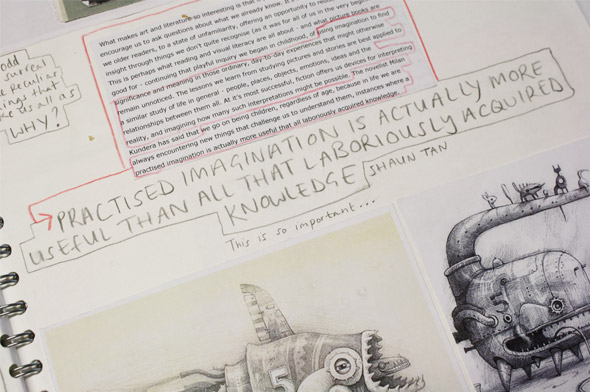
We are interested in the All of Europe Reads to Kids programme, founded by the All of Poland Reads to Kids Foundation, which certainly seems to share our goals and values in terms of celebrating reading with children and its many and varied benefits. All of our books are physically easily accessible at all times to all children visiting us. Nothing is off limits. We truly believe that children can be empowered by literature, and we aim to provide as many ways as possible for this to happen.
We work with children from a variety of backgrounds and in a variety of ways. Our work with families makes us a unique visitor experience – we are open to the public at weekends and during school holidays, and welcome families with children of any age to drop in at any point throughout the day. For schools we offer full-day workshops from children aged 4 through to around 11. We offer a wide range of different experiences, tailored to each year group individually. Following a visit to us with her class, a teacher recently told us that the Storybarn offers ‘exactly the type of learning experience teachers would love to be able to provide given the resources, time and creative freedom.’
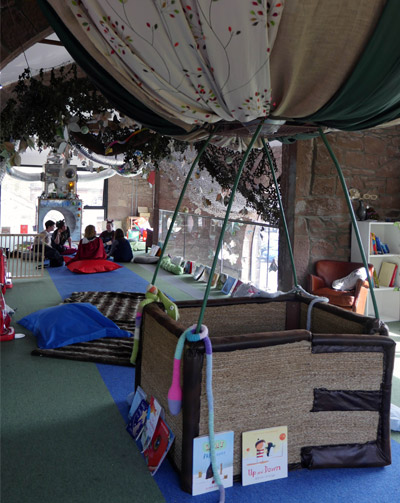

The Storybarn project continues to grow, and we are looking forward to an exciting year ahead, both at the Storybarn itself and a little further afield. Our new interactive exhibition, Michael Rosen's Bear Hunt, Chocolate Cake and Bad Things is opening at the end of January in an exciting venue in the centre of Liverpool. Created by Discover Story Centre in London, the exhibition invites visitors to discover hidden rooms and clues that reveal the inspiration behind some of Michael Rosen’s most beloved books and poems. The exhibition will be open to schools and families, and explores the work of the former Children’s Laureate and best-selling author.
'Our work with families makes us a unique visitor experience.'
Back at The Reader HQ, we are excited to be continuing to develop and grow. Since we began to offer our Read to Lead training course in 2008, we have developed strong international links. Shared reading has been established in Denmark, Belgium, Norway, Sweden, Germany and Australia. We’ve also trained people from the USA and Mexico. With this in mind, along with our wish to develop our physical collection of literature from across the globe, here at the Storybarn we would be delighted to make links with organisations across the world who are working with children in creative environments, with a view to embedding a love of reading for pleasure from an early age. As such a young and developing project we are really keen to share best practice with those with common goals.
We are looking forward to another year brimming with stories, and to helping even more children to unlock the worlds within their imaginations. Our hero Shaun Tan believes that 'little people can be empowered through art', and we could not agree more.
About Holly
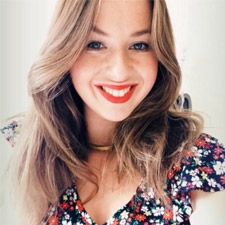
Holly Wagstaff is The Reader's Storybarn Developer. Responsible for the creative direction of the Storybarn, Holly's remit includes developing content for both educational and public programmes.
Prior to joining The Reader in July 2015, Holly was a librarian, specialising in work with children, engaging young readers with literature. A practising artist, Holly has a degree in Illustration for Children’s Publishing, and a keen interest in contemporary European children’s illustration.
Find out more about The Reader on their ILS profile.





